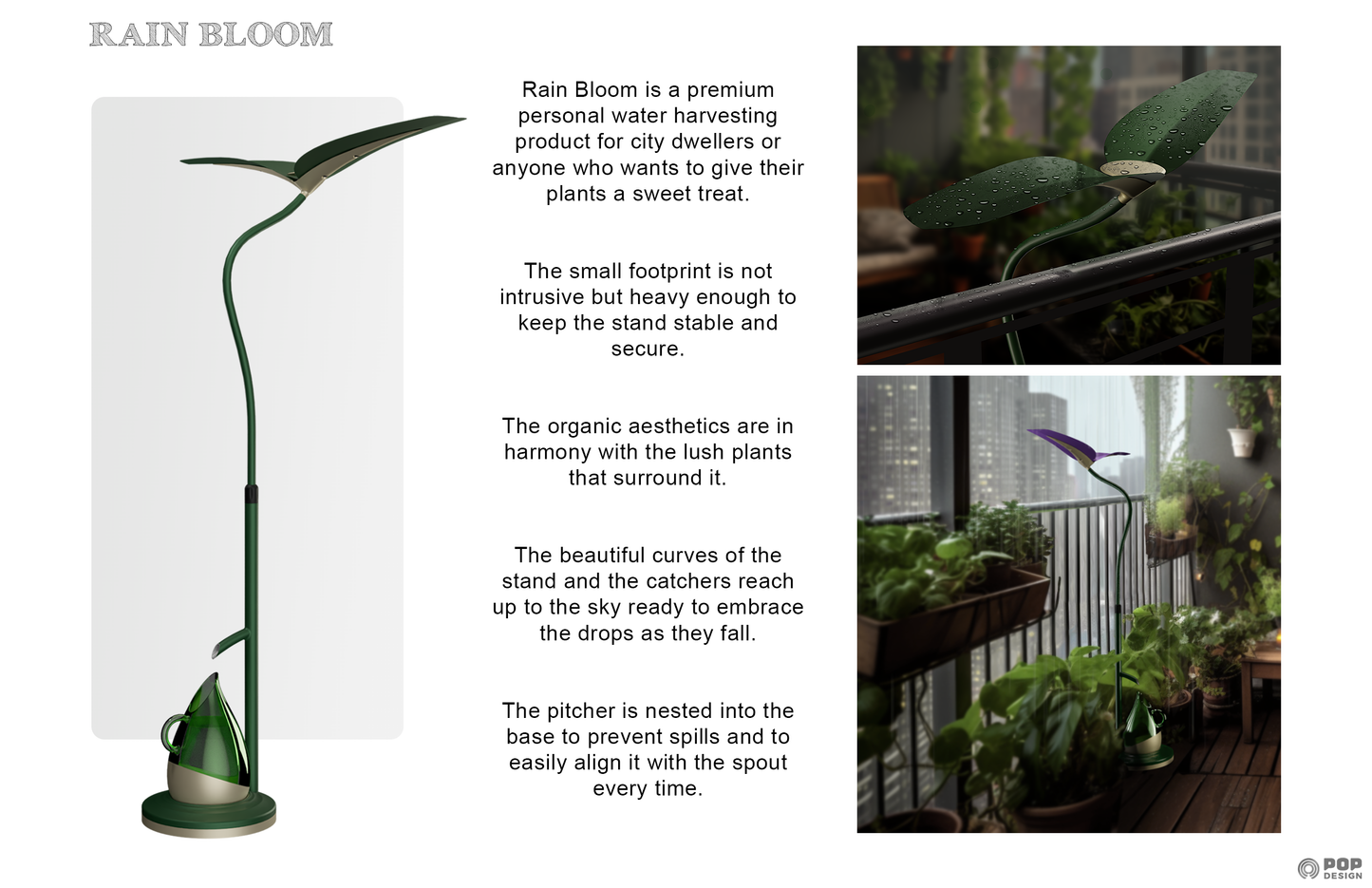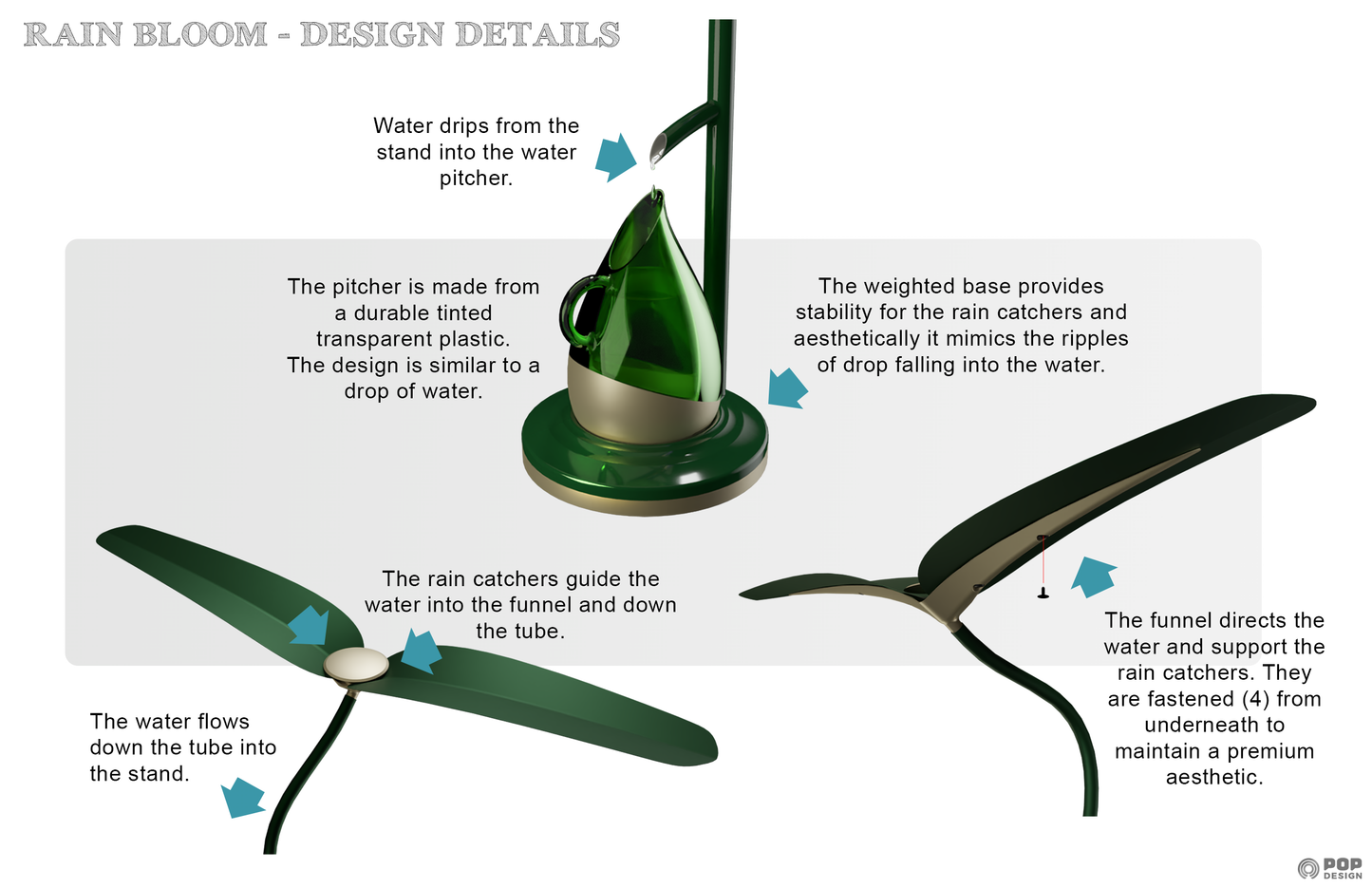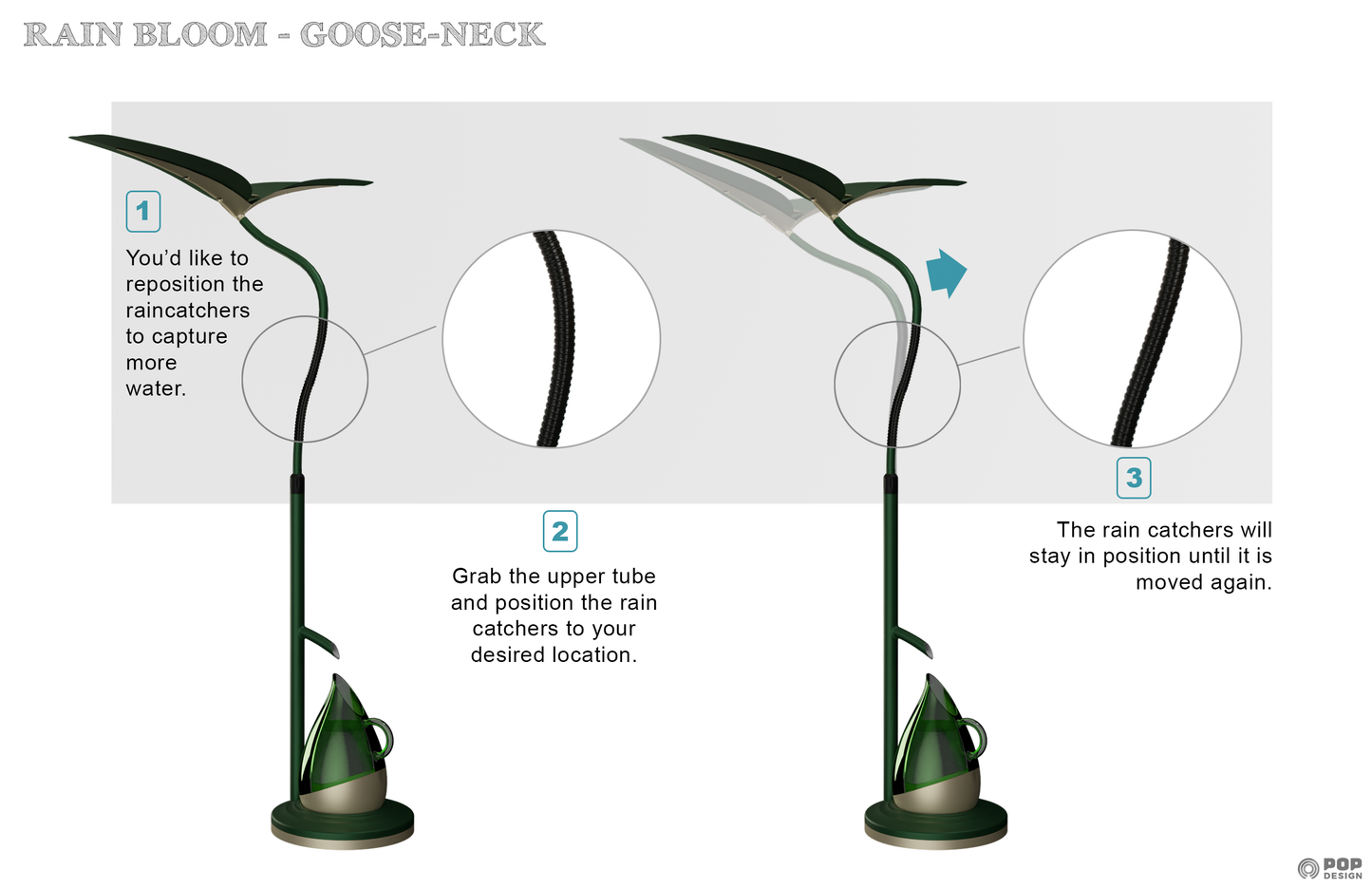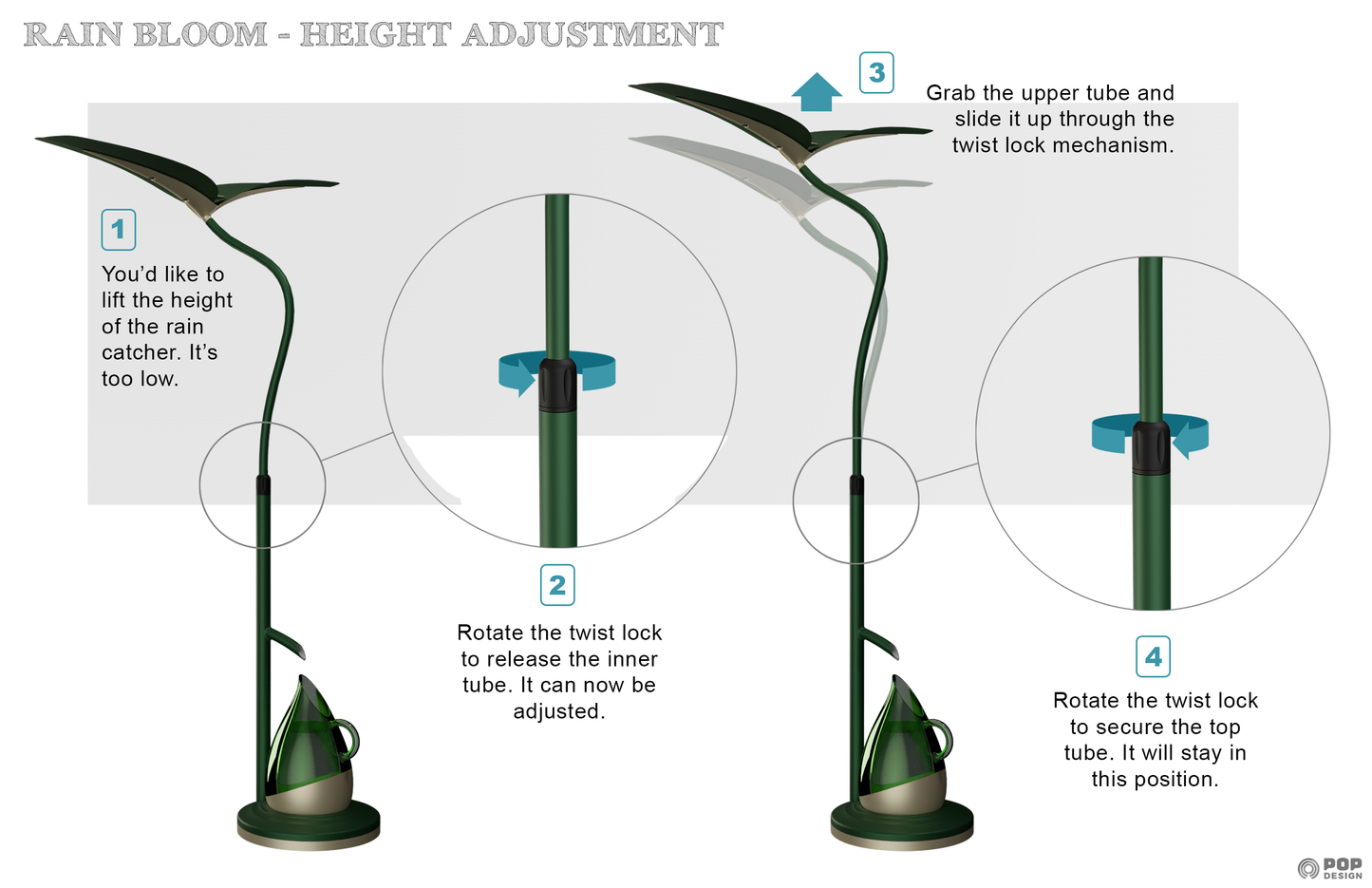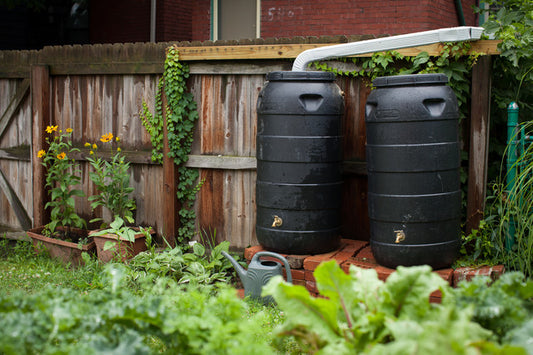The practice of collecting rainwater has been around for centuries, but in recent years, it has gained renewed interest and importance, especially in the United States. As water conservation and sustainability become top priorities, rainwater collection offers a promising solution. In this blog post, we'll explore the growing trend of rainwater collection in the United States and its numerous benefits.
Why Rainwater Collection Matters:
Water is a precious resource, and the United States is no stranger to water scarcity challenges. Climate change, droughts, and population growth have put a strain on traditional water sources. Rainwater collection offers a sustainable alternative by harnessing the power of nature to meet our water needs.
The Benefits of Rainwater Collection:
-
Water Conservation: Rainwater collection reduces the demand for potable water sources, such as municipal supplies and groundwater. This conservation helps conserve valuable resources and reduces the strain on existing water infrastructure.
-
Cost Savings: Harvesting rainwater can lead to significant cost savings over time. Homeowners, businesses, and institutions can reduce their water bills by using collected rainwater for non-potable purposes like irrigation, flushing toilets, and washing vehicles.
-
Sustainability: Rainwater collection aligns with sustainable living and environmental stewardship. It reduces the energy and resources required for water treatment, distribution, and purification, leading to a smaller carbon footprint.
-
Resilience: Having a rainwater collection system provides a source of water during water shortages or emergencies. It offers increased self-sufficiency and resilience in the face of unexpected challenges.
Rainwater Collection Methods:
There are various methods for collecting rainwater, ranging from simple rain barrels to more elaborate systems. Some common approaches include:
- RainBloom: RainBloom is built to last, with sustainably sources materials. It complies with building codes by not sticking out of your balcony or patio railing, making it perfect for urban environments where gardeners do not have the space to install larger systems or have access to downspouts.
- Rain Barrels: These are cost-effective and easy-to-install systems that capture rainwater from downspouts. They are ideal for homeowners looking to reduce outdoor water usage.
- Cisterns: Larger storage tanks or cisterns can hold more substantial volumes of rainwater, making them suitable for both residential and commercial applications.
- Green Roofs: Green roofs incorporate vegetation and a waterproof membrane to capture and filter rainwater. They offer a unique way to manage stormwater and reduce runoff.
- Permeable Pavement: Permeable pavement allows rainwater to penetrate the ground instead of running off. This method helps recharge groundwater and reduces flooding.
Rainwater Collection Regulations:
Rainwater collection regulations vary from state to state and even within local jurisdictions. While many states encourage rainwater harvesting, some have specific rules governing its use. It's essential to check local regulations and obtain any necessary permits before setting up a rainwater collection system.
The Future of Rainwater Collection:
As water scarcity concerns persist, rainwater collection is likely to play an increasingly important role in the United States. Advances in technology and growing awareness of the benefits of rainwater harvesting will drive its adoption across residential, commercial, and industrial sectors.
In Conclusion:
Rainwater collection is more than a sustainable practice; it's a smart and responsible choice. By capturing rainwater, we can conserve resources, reduce costs, and contribute to a more resilient and sustainable future. Whether you're a homeowner, business owner, or environmental enthusiast, rainwater collection is an opportunity to make a positive impact on your local community and the planet.
